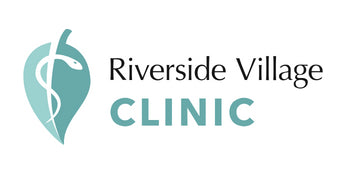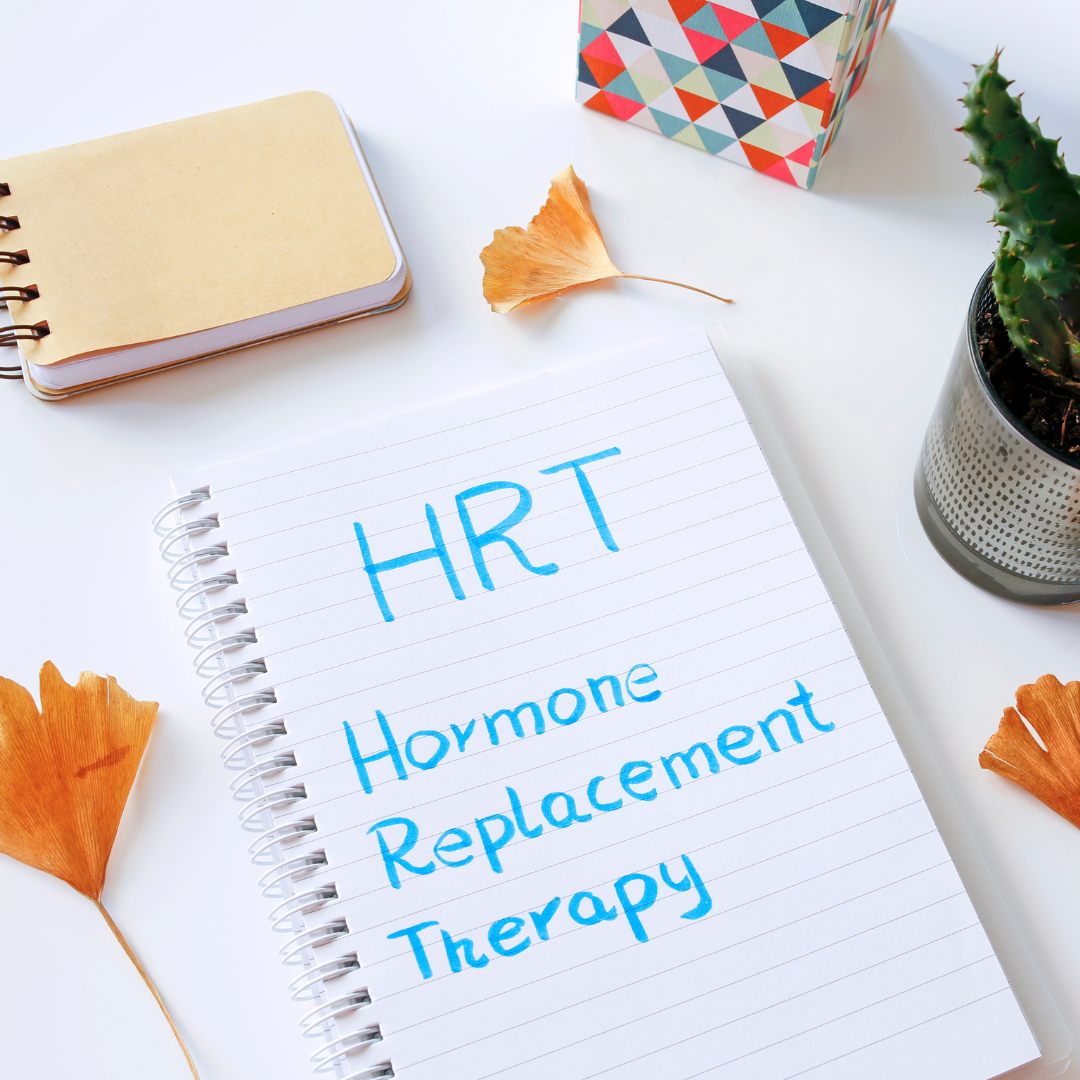As we age, it’s natural for our hormone levels to decline. For many people, this shift can bring unwanted symptoms—fatigue, mood swings, weight gain, sleep disturbances, and decreased libido, just to name a few. Fortunately, there are solutions that can help restore balance and improve quality of life. One option that’s gained popularity in recent years is Bioidentical Hormone Replacement Therapy (BHRT).
But what exactly is BHRT? And how is it different from traditional hormone therapy? Let’s break it down.
What Is BHRT?
BHRT stands for Bioidentical Hormone Replacement Therapy. It involves the use of hormones that are chemically identical to the ones your body naturally produces. These hormones—commonly estrogen, progesterone, and testosterone—are typically derived from plant sources such as soy or yams and then processed to match your body’s hormones at a molecular level.
BHRT vs. Traditional HRT: What’s the Difference?
One of the most common questions people ask is: “What’s the difference between BHRT and regular HRT?”
Traditional Hormone Replacement Therapy (HRT) uses synthetic hormones or hormones derived from animal sources. For example, some conventional estrogen therapies come from the urine of pregnant horses, and synthetic progestins are chemically altered to be patentable and mass-produced.
Bioidentical Hormones, on the other hand:
- Are made to be molecularly identical to human hormones.
- Are often compounded to suit an individual's specific hormone needs.
- Can be seen as a more "natural" option because the body recognizes and processes them just like its own hormones.
While both BHRT and HRT aim to relieve the same symptoms, some patients report better tolerance and fewer side effects with BHRT.
How Is BHRT Administered?
BHRT can be delivered in several forms, including:
- Creams or gels
- Pills
- Patches
- Injections
- Pellets inserted under the skin
The method and dosage are customized based on your hormone levels, symptoms, and lifestyle. That’s why BHRT typically begins with lab testing and a detailed consultation to tailor a plan to your body’s needs.
What Symptoms Can BHRT Help With?
People often turn to BHRT to relieve:
- Hot flashes and night sweats
- Brain fog and memory issues
- Fatigue and low energy
- Mood changes, anxiety, or depression
- Weight gain or difficulty losing weight
- Low libido and sexual dysfunction
- Sleep disturbances
Is BHRT Safe?
BHRT is generally considered safe when prescribed and monitored by a qualified healthcare provider. As with any therapy, it’s not one-size-fits-all. Regular follow-up visits and testing are important to ensure optimal dosing and effectiveness, and to minimize risks.
If you’re struggling with hormone-related symptoms, BHRT might be worth exploring. Give us a call today to chat with a specialist!

